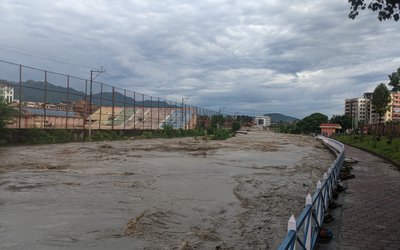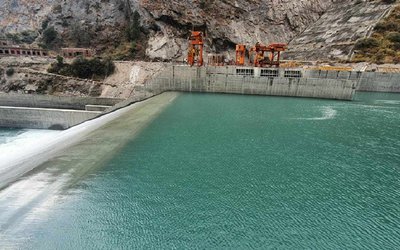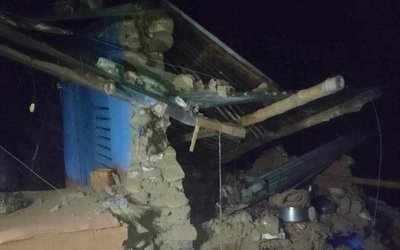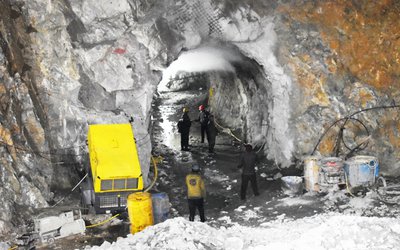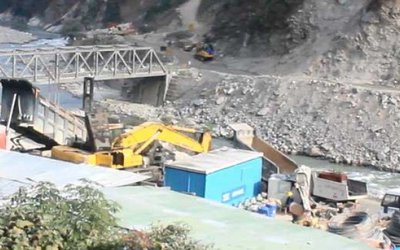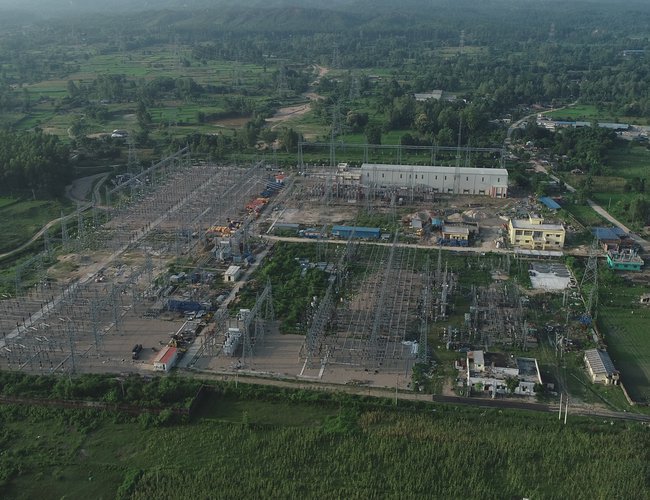
At a time when almost all hotels, schools and industries, which used to consume over 90 MW of electricity, in Kathmandu Valley are shut down, frequent power cuts look very unusual. As the undeclared load-shedding lasts for hours, media and people have started to assume that new load-shedding in the horizon.
By ending over decades of load shedding in the country, Kul Man Ghising, former MD of Nepal Electricity Authority (NEA), had injected the confidence among the people about the possibility of an uninterrupted power supply. Since the completion of his tenure in September and appointment of new acting managing director Hitendra Dev Shakya, the frequent power disruption has become a norm like in the past.
As NEA has 90 MW of surplus electricity in the hand compared to last year, frequent power cuts all over Nepal have raised the question of whether Nepal Electricity Authority (NEA) has imposed a new undeclared load shedding.
Not only common people, even Minister for Energy, Water Resources and Irrigation Top Bahadur Rayamajhi expressed his concern recently. He invited all NEA’s senior staffs, including acting Managing Director Hitendra Dev Shakya at his office and directed to take necessary steps to prevent power cuts.
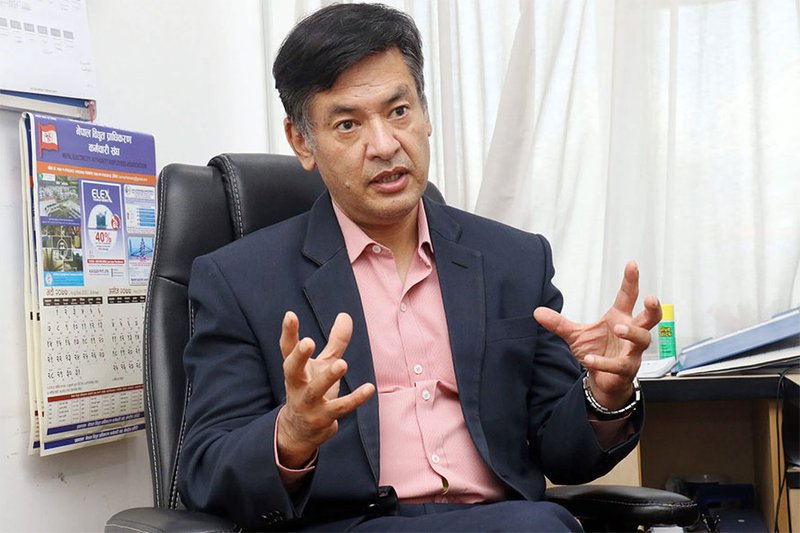
Minister Rayamajhi also directed NEA’s management to work for the improvement of power supply and distribution. Following the expiry of tenure of Kul Man Ghising, large numbers of consumers have lost the confidence in the institution’s ability to sustain the gains.
The frequent power cuts have further justified people’s fear about the possibility of revival of load shedding. Given a chaos and uncertainty, Nepal Electricity Authority (NEA) has refuted the claims that load shedding has begun again.
When people, after facing frequent disturbance in power supply, started suspecting whether the NEA was introducing load-shedding, it issued a clarification that load shedding ended three years ago and there was no chance of repeating it again.
NEA said that the supply was halted giving prior notice while carrying out preventive work of power supply and distribution systems.
"NEA’s attention has been drawn to the reports of various media and online portals that unannounced load-shedding has begun and the power supply has not been managed,” read the statement.
Electricity will be cut off due to shifting of electricity poles, replacement of transformers, maintenance and other reasons, NEA said.
"Load-shedding occurs only when the supply is less than the demand. At present, the NEA is importing and supplying electricity from its own, private producers and even from India, so there is no load shedding and it is unlikely to happen in the future,” read the statement issued by NEA spokesperson Madan Timsina.
It said the NEA was working diligently to solve such problems immediately when the power supply in the power system gets disrupted.
The supply was disrupted due to a technical problem in the system which has been solved, it said. With the installation of 315 MVA transformers in Dhalkebar Substation, NEA also has now the option to increase the import of electricity from India for additional 100 MW.
Dhalkebar Sub-station
Although it took several years to complete due to several reasons, following the charge of Newly Installed 315 MVA Transformer at Dhalkebar Substation also gives alternative technical tools to prevent the shortage of electricity.
Acting Managing Director of Nepal Electricity Authority Hitendra Deb Shakya said that the newly installed 315 MVA Transformer of Dhalekebar Substation charged from last night. He said that NEA can now import an additional 100 MW from India.
Situated in Dhanusha District, the Dhalkebar substation is the largest substation in Nepal. Under the Capacity Enhancement Project supported by the government of Nepal, a 315 MVA, 220-132 transformer, was added.
Following the charge of new 315 MVA transformer, the capacity of the Dhalkebar substation has now reached to 635 MVA. Out of two 315 MVA transformer, the process of installation of another one is currently undergoing.
Charged a few months ago, the 400-200 kV Dhalkebar substation will have transformers with 945 MVA. After the insulation of the new transformer, it will help to export additional energy generated by the 456 MW Upper Tamakosi project.
Head of Transmission line Directorate of Nepal Electricity Dirghayu Kumar Shrestha said that Nepal can import an additional 100 MW if it is necessary from this line as per our agreement. We have been importing 270 to 280 MW of electricity from Dhalkebar. However, we can import 100 MW additional electricity from India,” said Shrestha.
NEA has signed a PPA agreement with NTPC India to purchase 250 MW from July to November 350 MW from December to April and 200 MW from May to June through the Dhalkebar-Mujaffarpur Transmission line which has already charged to 400 kV. The agreement is valid till 30 June 2021. As Nepal does not have a 400 kV Transmission line, Nepal is transmitting the electricity converting it through a 132 kV transmission line.
Currently, Hetauda-Dhalkebar- Inaruwa 400 kV Transmission line is under construction and Khimti Dhalkebar 220 kV transmission line is now under 132 kV capacity.
- MELAMCHI WATER SUPPLY: No Interruption During Monsoon
- Jun 25, 2025
- KOREAN RETURNEES: Successful Integration
- Jun 25, 2025
- UPPER TRISHULI-1: Engaging With Local
- Jun 25, 2025
- IME GROUP: Twenty Five Years Of Journey
- Jun 24, 2025
- NEPAL’S AIR POLLUTION: A Growing Health Concern
- Jun 24, 2025
